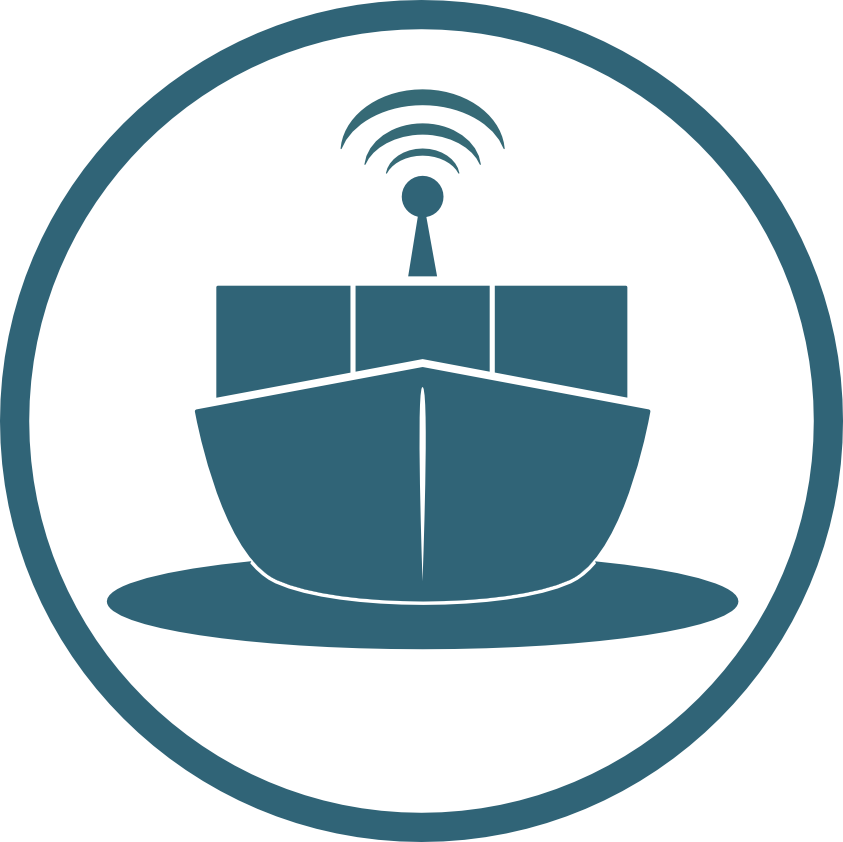Small Automated Zero-Emission Vessels

Yet another work package has officially started this week. One of the key work packages was kicked off in an online meeting. The consortium will develop a zero-emission vessel for inland freight transport. Hence the title of WP4 – Developing Small Automated Zero-Emission Vessels.
One important objective is to develop the Key Enabling Technology (#KET). Before doing so, the impacts of automation and zero-emission propulsion on the vessel design will be evaluated before coming up with a new vessel design. The vessel shall be light, offer a reduced, be autonomous, and be safe. The AUTOFLEX vessel will moreover be able to navigate and manoeuvre in extreme low-water and come with a concept on remote control. While Work Package 3 will focus on the transport system, Work Package 4 will solely focus on the vessel. Together they form the Building Blocks of AUTOFLEX.
The main objectives of WP4 are to develop various technologies and methods for uncrewed inland vessels. These include enhancing situational awareness, navigation, and control algorithms, optimising vessel power demand and maneouverability through hydrodynamic optimisation, designing and evaluating lightweight materials and construction methods for the vessel, creating a model to estimate the total cost of ownership for the vessel concept, developing a catalog of validation and test cases for automated ship operations, creating a toolbox of applicable methods and techniques to test and validate system performance, implementing a safety monitoring tool for automated vessel operations with validated key performance indicators and methods, developing a remote control centre method for distributing missions to a fleet, and applying safety and security measures for autonomous inland navigation.
